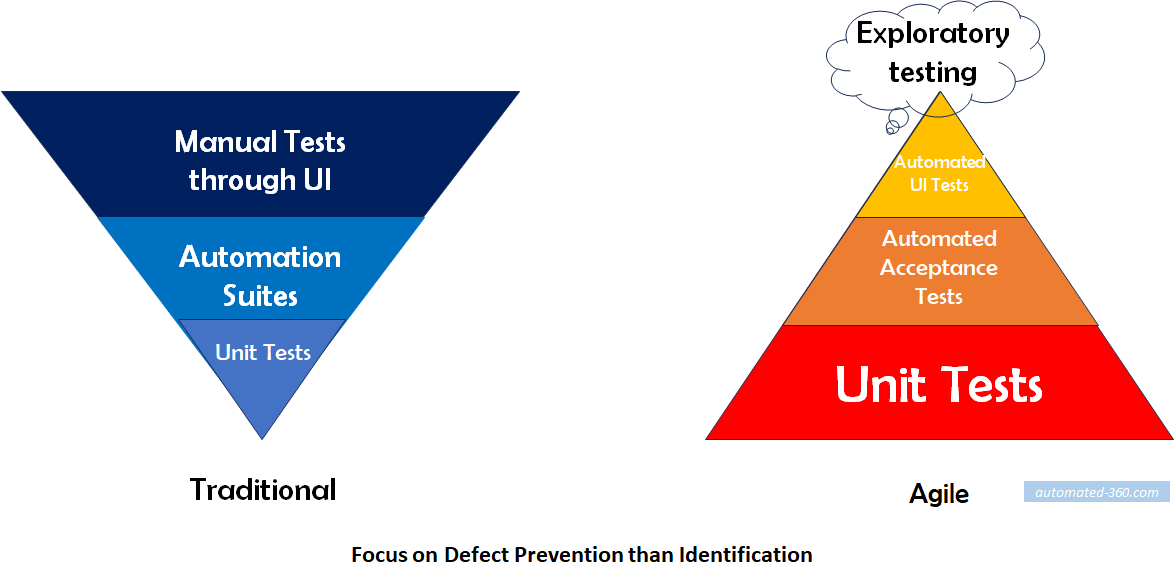Automated testing is an essential component of the Agile toolkit, helping teams achieve efficiency, consistency, and reliability in their testing efforts. Feasibility analysis of test automation in an agile environment is crucial to determining whether automating tests is a viable and valuable option for a particular project or sprint. Here’s how you can conduct a feasibility analysis for test automation in an agile context:
In this Post
How Test Automation Integrated into Agile Process
In Agile development, test automation entails understanding how automation fits into the Agile framework, why it’s important, and how it helps the success of Agile projects.
- Continuous Testing: Test automation is integrated into Agile development to enable continuous testing throughout the software development lifecycle. Automated tests are run on a regular basis, often after each code change, to ensure that the product stays stable and free of regressions.
- Continuous Integration (CI): Automated tests are an essential component of CI pipelines. They help ensure that code updates do not damage existing functionality and that the software is always deployable.
- Sprint Cycles: Automated testing aligns with the short sprint cycles in Agile methodologies like Scrum. It allows teams to validate user stories and features within the sprint, providing fast feedback.
Feasibility Analysis of Test Automation: Key considerations
Define objectives and goals:
Define your test automation effort’s objectives and goals. What are you hoping to accomplish by incorporating test automation into your agile process? Faster test execution, improved test coverage, and early defect discovery are all common objectives. Some significant objectives to consider are:
- Speed: Automation speeds up testing processes, allowing for speedier software delivery. Quick feedback enables Agile teams to respond to changing needs and provide value increments more quickly.
- Quality Assurance: Automated tests help maintain software quality by continuously verifying that existing features work as expected. This prevents the introduction of defects and regressions with each code change.
- Risk Reduction: Agile development benefits from the use of automated tests. They limit the possibility of deploying software with severe flaws, which can result in customer unhappiness and project delays.
Scope and Requirements:
Define the scope of your test automation efforts, determining which types of tests (e.g., unit tests, integration tests, and regression tests) are suitable for automation, and taking into account your project’s specific requirements and constraints.
- Integration Tests: Integration tests verify interactions between different components or services in the application.
- Functional Tests: Functional tests, including acceptance tests and user acceptance tests (UAT), ensure that the software meets the specified requirements and functions correctly from the user’s perspective.
- Regression Tests: Automated regression tests are vital for ensuring that new code changes do not negatively impact existing features.
Resource Assessment:
Assess the availability of resources such as skilled automation engineers, tools, and infrastructure. Determine whether your team has the knowledge required to build and manage automated tests. Test automation is a team endeavor in Agile. Developers, testers, and other team members work together to create and maintain automated tests.
Tool Selection:
Choose appropriate test automation tools and frameworks based on the technology stack and needs of your project. Take into account licencing fees, compatibility, and community support. Agile teams select test automation tools and technologies that are compatible with their project’s technological stack and requirements. Selenium, Appium, JUnit, TestNG, and Cucumber are other popular tools.
Agile teams frequently employ test automation frameworks and tools to efficiently build and manage automated tests. These frameworks offer a methodical way to developing and maintaining test scripts. Codeless Test Automation solutions are a great way to keep automation at the same pace to development.
Cost-Benefit Analysis:
Perform a cost-benefit analysis to see if the benefits of test automation outweigh the costs. Consider the initial outlay, ongoing maintenance, and possible savings from reduced testing time and fewer problems.
Continuous Integration and Delivery (CI/CD):
Determine your team’s readiness to incorporate automated testing into your CI/CD workflow. Check to see if your development approach allows for the frequent running of automated tests.
Training and skill development:
Identify any skill gaps within your team and plan for training and skill development in test automation. Ensure that team members are capable of creating and maintaining automated test scripts.
Return on Investment (ROI):
Calculate the potential return on investment for test automation. Consider factors like the expected reduction in manual testing efforts, the impact on the release cycle, and the reduction in post-release defects.
Pilot Project:
Consider running a pilot test automation project within a sprint or iteration to gauge the feasibility and benefits firsthand. Use the results to inform your decision on whether to expand automation efforts.
Iterative Approach:
Recognize that the feasibility of test automation can evolve over time. It’s possible to start with a limited set of automated tests and gradually expand automation efforts as the team gains experience and confidence.





